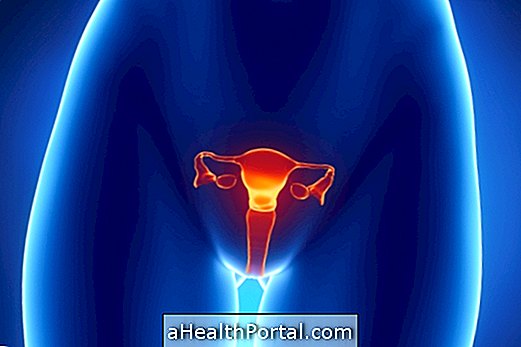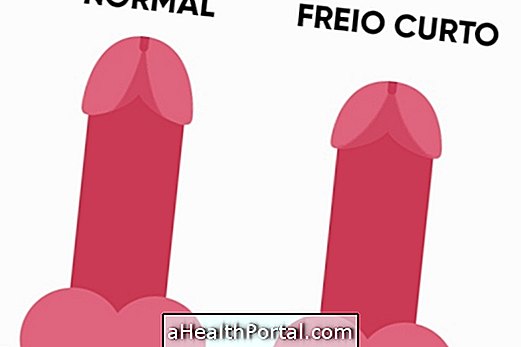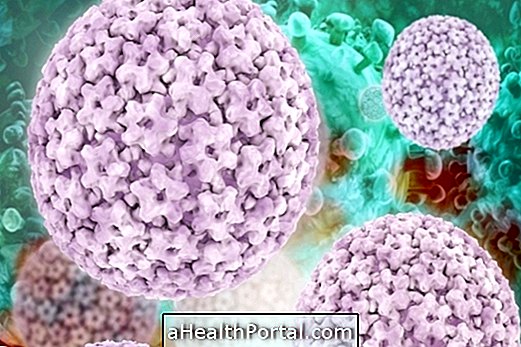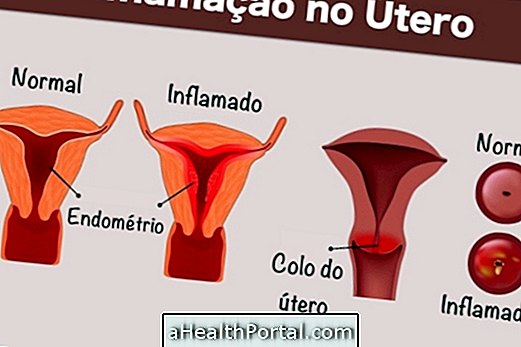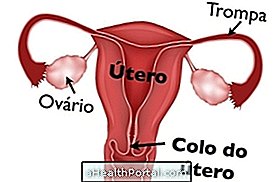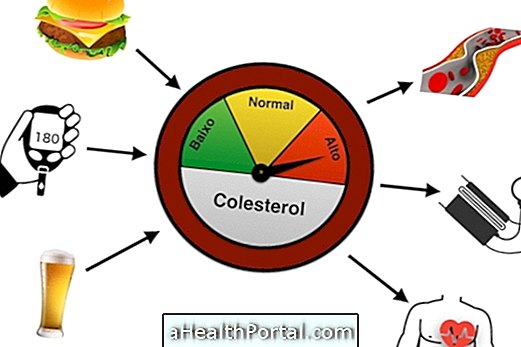A large proportion of fibroids do not cause any symptoms and generally decline after menopause, not requiring treatment. However, there are fibroids that cause intense pains, bleeding or that make difficult the process of getting pregnant, needing to be treated. Know the main types of fibroids and their symptoms.
Thus, depending on the type of myoma and the symptoms of each woman the gynecologist can indicate different types of treatment, which include:
- Use of anti-inflammatories, such as Ibuprofen or Naproxen: improve the intense mental cramps and reduce the excessive bleeding caused by fibroids;
- Use of hormonal remedies, such as the pill: help relieve the intensity of menstruation and reduce the size of myoma;
- Iron supplements : prevent and treat cases of anemia caused by excessive bleeding;
- Surgery, known as myomectomy: serves to remove the myoma, without having to remove the uterus. It is especially used when the myoma presses other organs or causes very intense symptoms;
In addition, when the myoma is very large, it may be necessary to reduce its size before performing the surgery, and for this a technique known as embolization is used. In it, the doctor, through a surgical procedure, makes several injections with embolizing agent diluted in iodinated contrast through the femoral artery, until a reduction of blood flow of the artery that nourishes the myoma is observed, leading to the death of the same.

When the woman has a myoma and no longer has plans to conceive, the doctor may recommend removing the uterus to eliminate the myoma and prevent re-emergence of the problem later. See what happens after the uterus is removed.
How is treatment done during pregnancy?
When myoma is identified during pregnancy, the treatment is usually done only with the use of analgesics and rest, and treatment with surgery or use of hormones is only started after the end of pregnancy.
However, in very rare cases in which myoma puts the development of the fetus or the life of the mother at risk, the doctor can evaluate the need to advance the delivery and have surgery to remove the myoma.
Signs of improvement
Signs of improvement appear after a few weeks of treatment and are characterized primarily by the reduction of symptoms that were being caused by myoma, such as severe cramps during menstruation, excessive bleeding or feeling tired, for example.
Signs of worsening
Signs of worsening occur when treatment is not being done or is not having the expected result, so myoma may continue to grow. Some of the signs that indicate that the treatment is not working are the maintenance of very strong colic, difficulty to conceive or very intense bleeding.
In these cases, it is advised to go back to the gynecologist to evaluate other treatment options.
